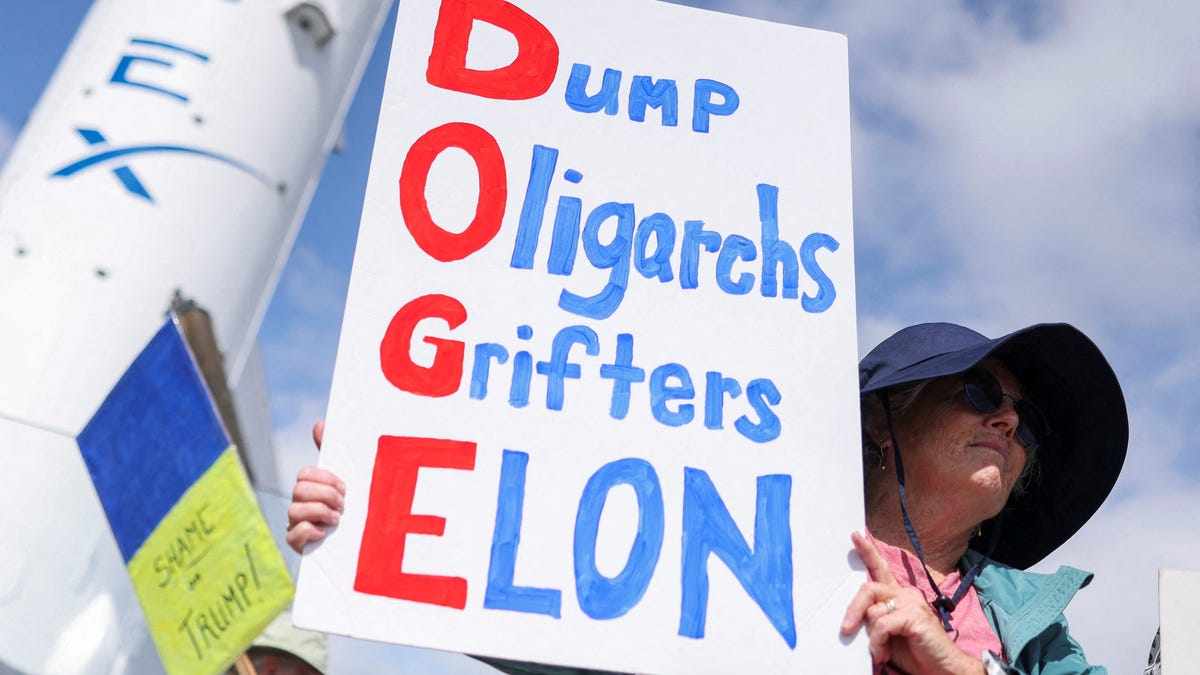Interest rate decision looms as Fed discusses tariffs and trade war impacts
With rising tariffs looming, experts warn of increased consumer prices as the Federal Reserve convenes to address economic implications. (Scripps News)
Scripps News
Interest rates will take center stage Wednesday amid President Donald Trump’s high stakes gamble to remake the U.S. economy by levying tariffs to protect U.S. businesses and firing thousands of federal workers to trim the cost of government.
Also Wednesday, Trump will host top oil executives at the White House to discuss his plans to boost domestic energy production against a backdrop of falling crude prices and looming trade wars.
The Federal Reserve is expected to announce Wednesday that it will hold its key interest rate steady for now. Questions, however, swirl around its forecast for future rate cuts.
Trump’s aggressive tariffs are projected to drive inflation and slow economic growth. That presents a conundrum for the Fed, which usually raises rates, or keeps them high, to ease inflation − but cuts interest rates to strengthen a stagnating economy.
The Fed forecast on rate cuts could tip its thinking on where the economy is headed in the coming months.
Trump and Treasury Secretary Scott Bessent have not dismissed the possibility of a recession, although Bessent said Tuesday that the economy is performing better than the media is suggesting and there is no reason to expect a recession.
The Trump administration was scheduled to continue the process of reinstating over 24,000 recently fired probationary workers following a pair of orders from federal judges last week that found the terminations illegal. The reinstatements, spanning 18 departments, were outlined in a filing Monday by the Department of Justice in federal court in Maryland after a judge asked for a report on efforts to reinstate the employees.
The Trump administration, which is appealing the rulings, said reinstatement would be a long and laborious process. All employees offered reinstatement to full duty would need to be onboarded again in their departments. This would include retraining, filling out human resources paperwork, obtaining new security badges, reenrolling in benefits programs, reinstituting applicable security clearances and receiving government-furnished equipment. And they could be fired again in the weeks ahead. Read more here.
− Joey Garrison
An independent nonprofit that’s funded by Congress to promote conflict prevention and resolution internationally is now in the middle of a struggle with Trump and DOGE. DOGE staffers with support from the Washington Metropolitan Police Department made their way into the U.S. Institute of Peace building Monday in a dramatic confrontation after being denied entry Friday and told the agency is not part of the executive branch.
Trump has sought to dismantle the institute, which was founded by Congress in 1984 with the purpose of “protecting U.S. interests by helping to prevent violent conflicts and broker peace deals abroad,” its website says.
When the DOGE personnel returned Monday with law enforcement agents and evicted USIP officials, its employees called police and reported a break-in. White House spokesperson Anna Kelly said USIP had not complied with Trump’s reduction order from February.
Most of the USIP board and CEO George Moose were fired by the Trump administration, a termination Moose is contesting. He told reporters his organization has been speaking with administration officials for weeks and making clear the agency is not under their jurisdiction.
Tariffs can apply to exports but are are primarily levied on imports, typically to protect industries in the country levying them. Tariffs make imports more expensive, thus making local goods cheaper by comparison. Tariffs also can provide income that can be used to support local industries, fund public programs or cover government expenditures.
And they can serve as bargaining tools to win concessions from trading partners.
“While tariffs may seem to penalize foreign producers by making their goods or services less competitive, the reality is that U.S. consumers and businesses ultimately bear the cost,” the Wilson Center scholars Diego Marroquín Bitar and Valeria Moy write in a “Tariffs 101” analysis.
Contributing: Paul Davidson
